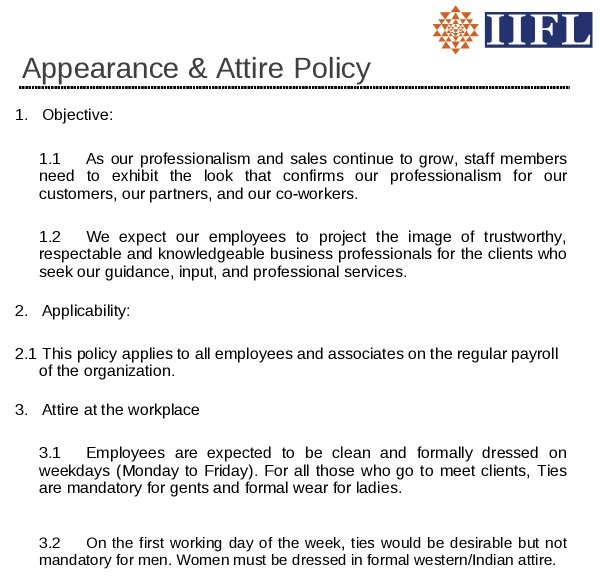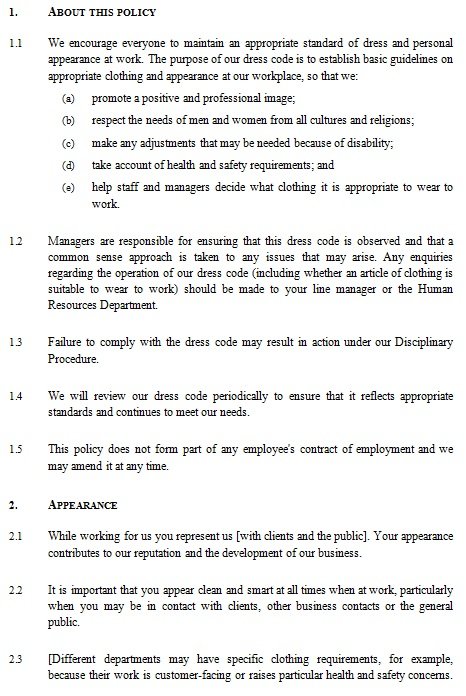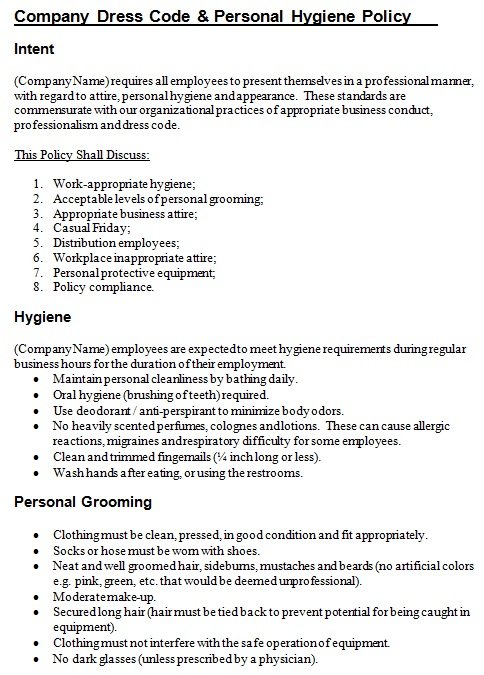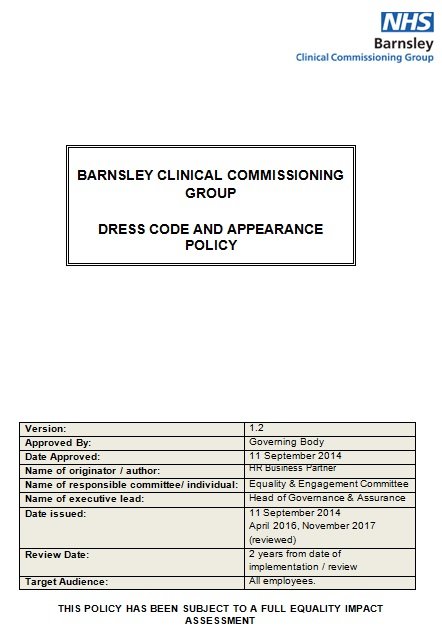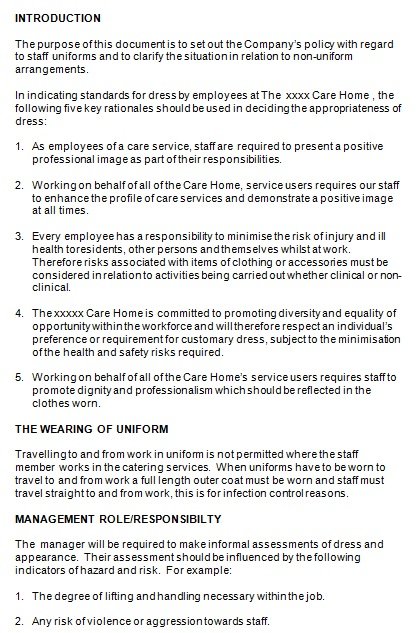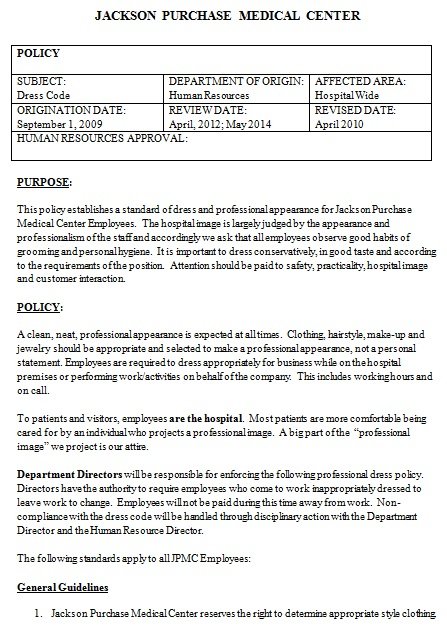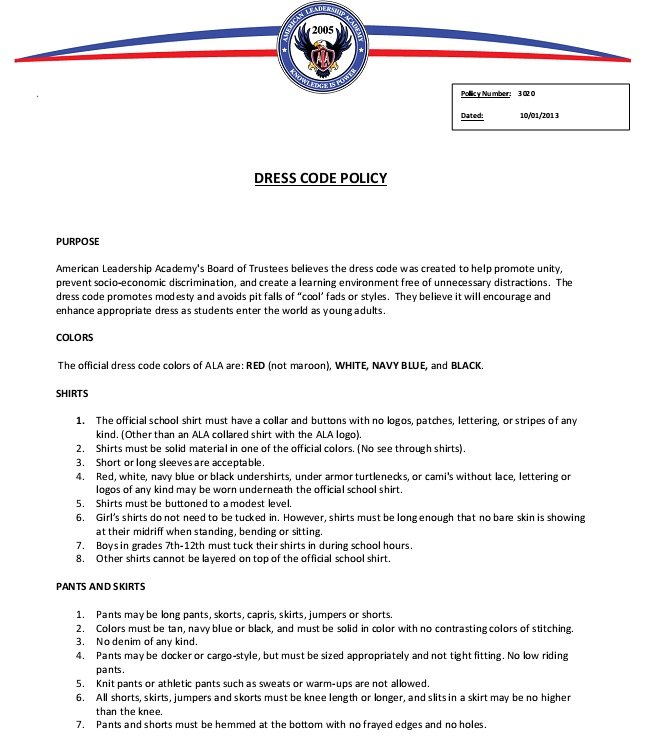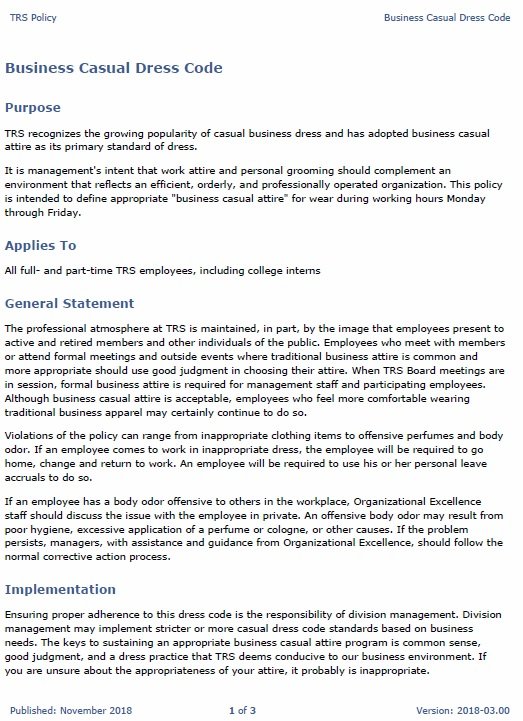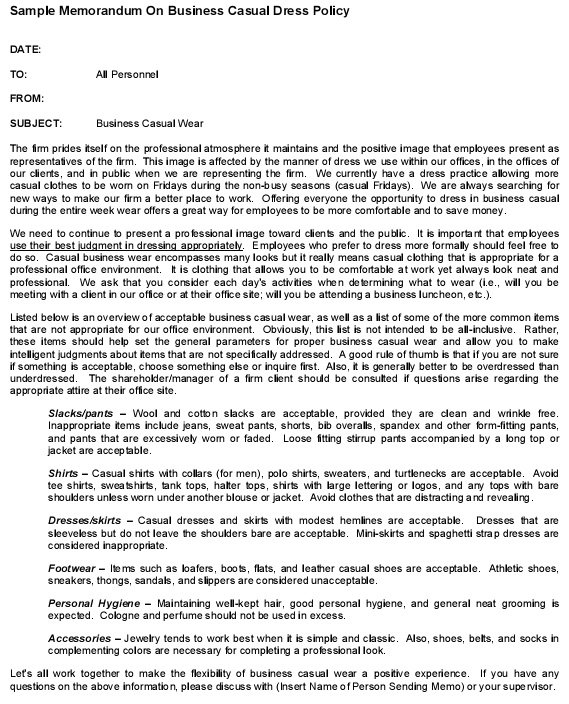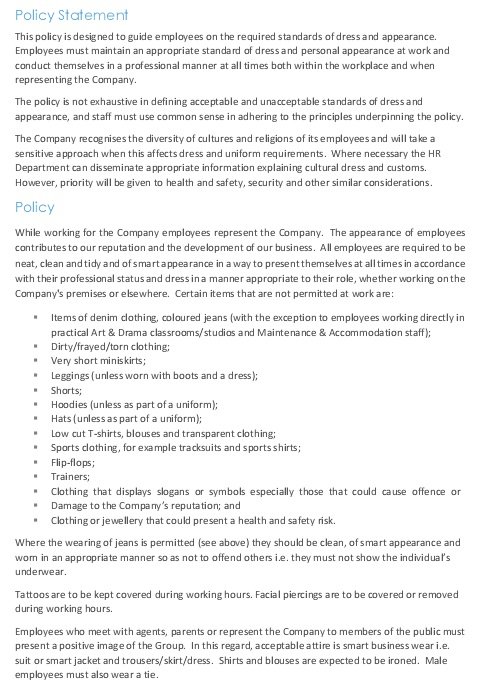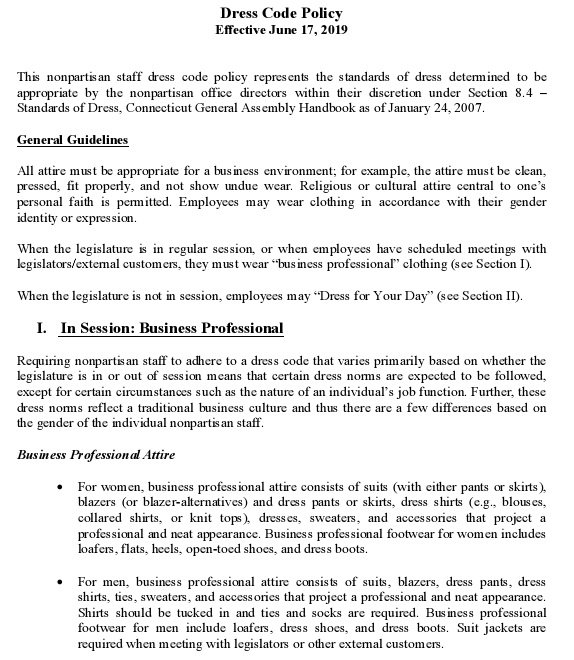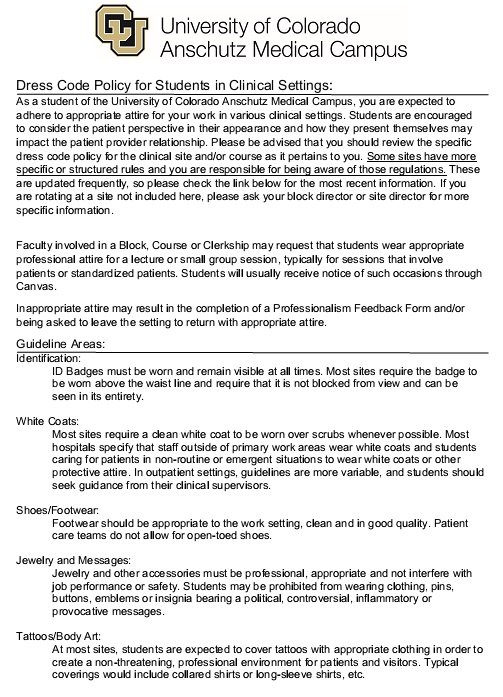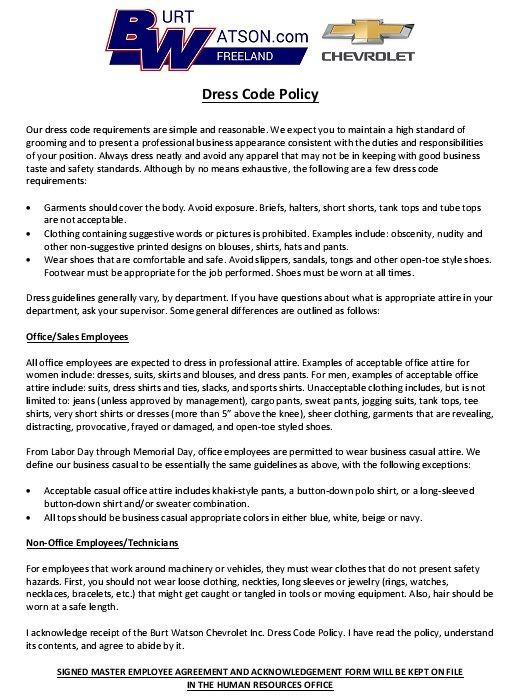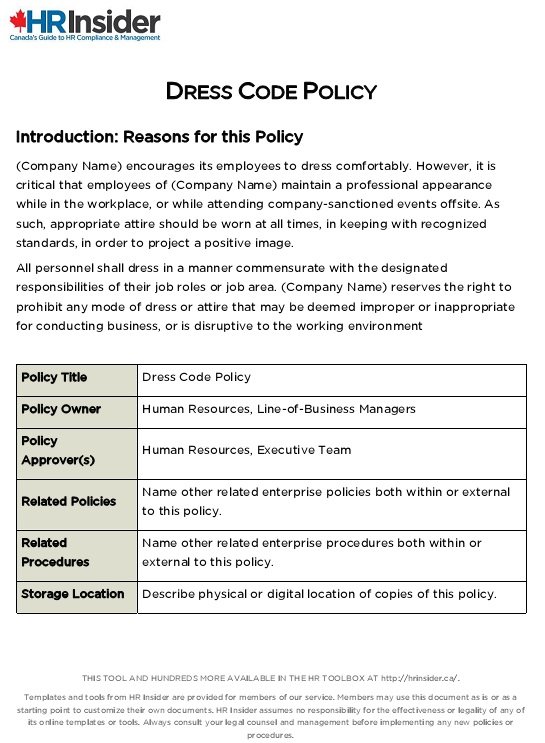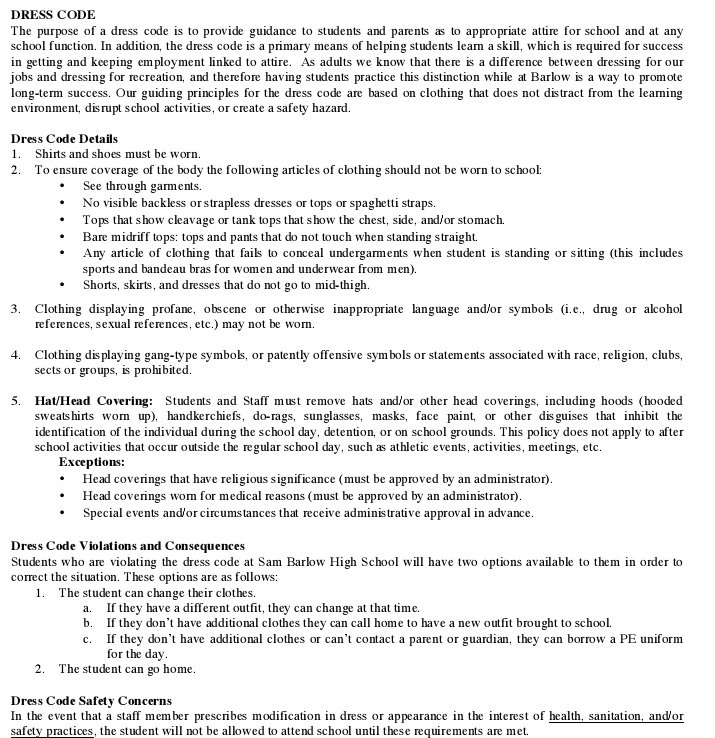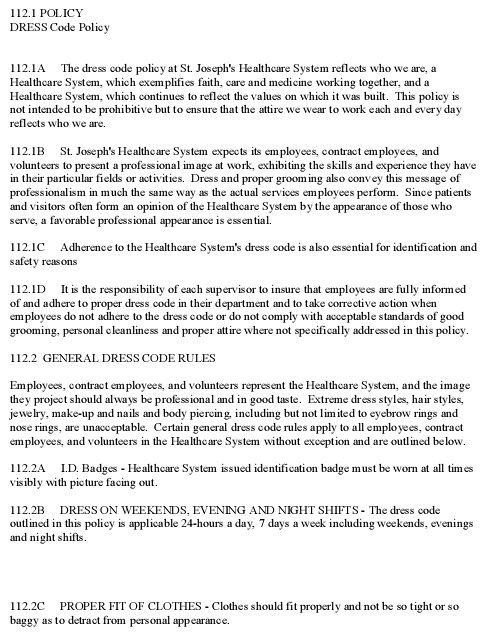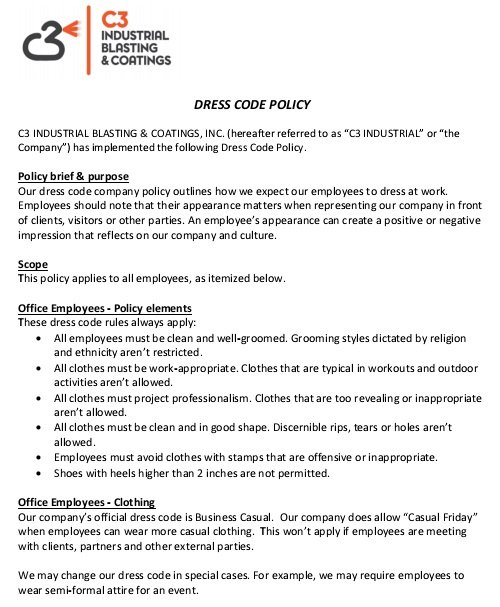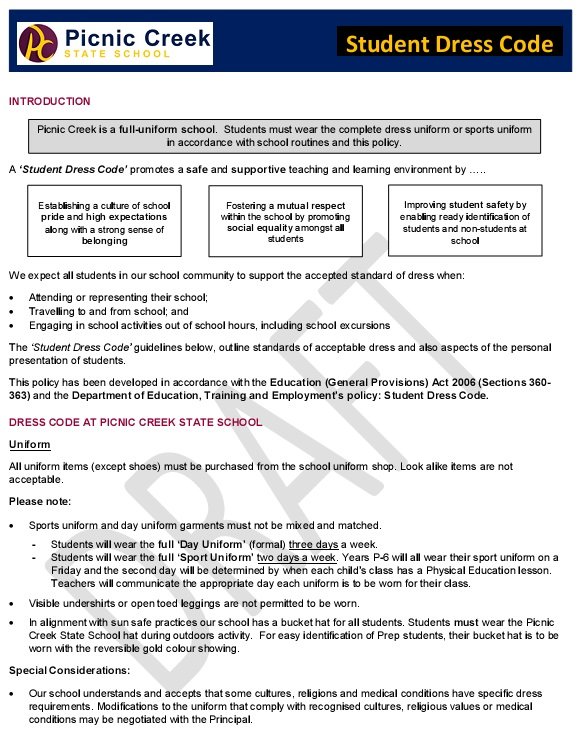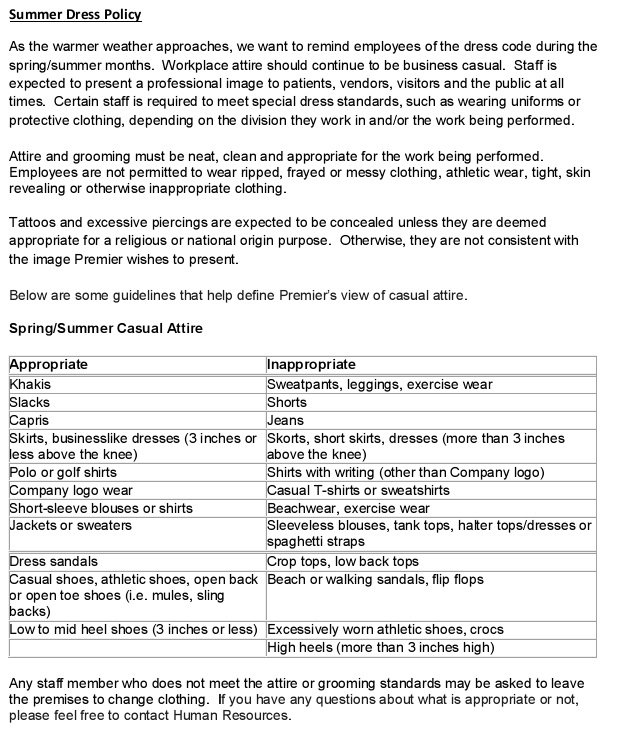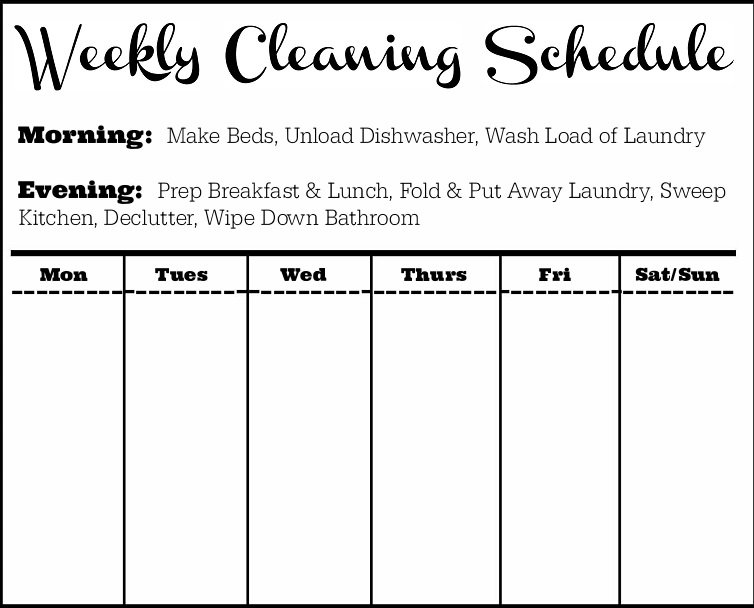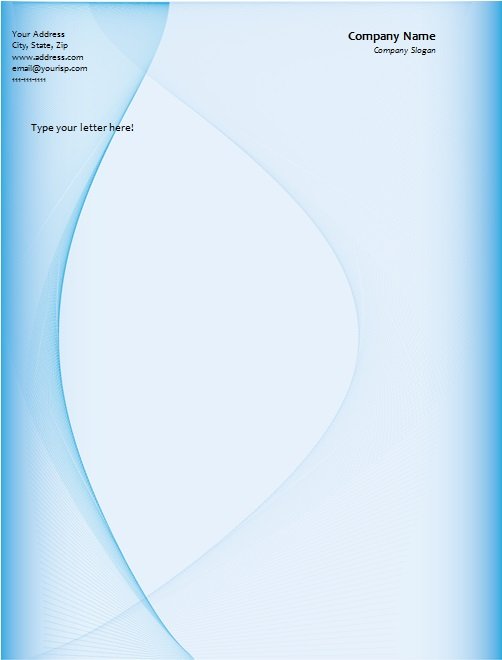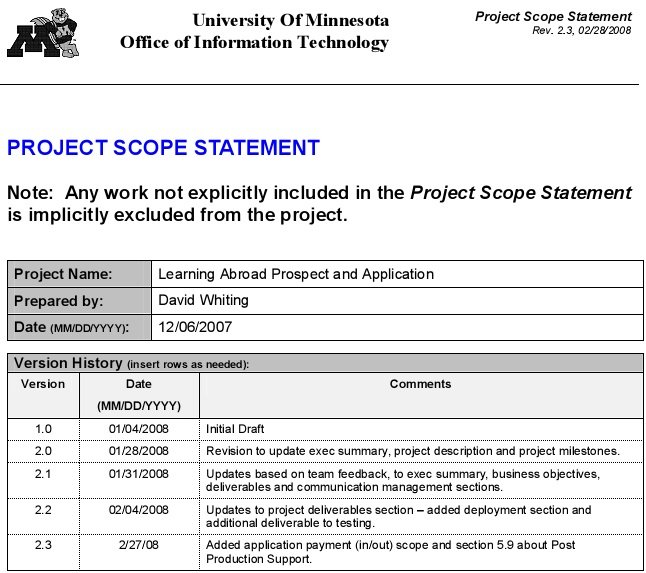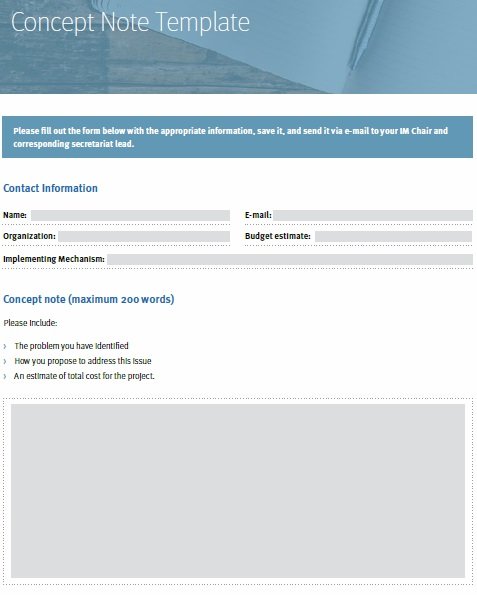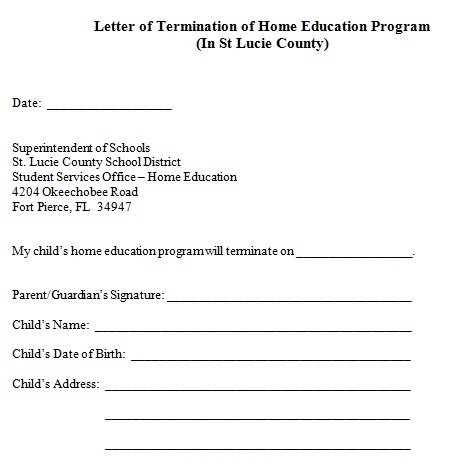Table of Contents
A dress code policy template is used by companies to inform employees on what the appropriate dress code is. It is used to explain to employees what clothes the company finds acceptable. A dress code policy makes the impression that the company wants to make. Dress codes can be formal or casual. It can also require the use of uniforms. You may also like Professional Warning Letter to Employee Template.
Different types of dress code:
Each company requires different types of dress codes. Employers should select those dress codes that reflect the image of the company values. Let us discuss some different types of dress codes;
Business formal:
Business formal dress code is used by the companies to display business-like images to customers. In this dress code, casual clothes and shoes are not allowed. This type of dress code is used by banks, law firms, etc.
Business professional:
Business professional dress code clothing is similar to business formal dress code. But in this dress code, you don’t have to wear your best shoes and suits. Women’s business professional dress code includes a skirt or a trouser with heels. On the other hand, men’s attire includes a blazer or a suit jacket, a button-down shirt, tuxedo pants, a tie, and dress shoes.
Business casual:
For the business casual dress code, there is no need to wear a suit. However, it doesn’t mean you can wear casual clothes like jeans and t-shirts. Women’s business casual includes a collar or sweater, dress pants, dress shoes, and boots. A man should wear polo shirts, a jumper, khaki or dress trousers, and dress shoes. A tie is not mandatory in this case.
Casual:
Casual means relaxed and attire is practical and comfortable. This type of dress code is used in the fashion industry because the workers have the freedom to represent their styles. The casual dress code includes t-shirts, jeans, and trainers. Additionally, you have to wear clean clothes without any damaged areas. The attires that are not accepted in this type of dress code are flip-flops, jeans, or baggy clothes.
Summer casual:
On hot sunny days, some organizations provide their worker’s summertime policies and programs. This dress code is only for staff that have no interaction with customers. They can wear jeans, t-shirts, and running shoes.
Casual Fridays:
Friday is the casual dress code day in some organizations. Informal clothing is allowed on this day. Furthermore, it is also for those employees who have no interaction with customers. This dress code includes blue jeans, plain t-shirts, and sports shoes.
Grooming and hygiene:
These terms mean cleanliness. In this dress code, employees have to wear clean and plain clothes without any ragged. The use of perfume can also be included. You may also see New Employee Orientation Checklist Template.
How to make a dress code policy?
Here are some elements that you have to include in your dress code policy;
The introduction:
Take a start by explaining to the employees how the company expects them to present themselves. However, the purpose of dress code policies may vary from company to company. Companies usually use this policy for image purposes.
The dress code policy applies to:
Next, state who the dress code policy is. For instance, in a restaurant, there is a uniform for waiters, and waitresses and managers generally wear suits. So, you have to explain that the uniform is for the waiter and waitress.
Guidelines:
Here the company guides the staff on hygiene, jewelry, acceptable clothing, and other aspects.
The company dress code:
In this section, explain in detail what the company dress code is. State that what you expect your employees to wear to work.
Accommodation:
Provide the employees freedom that they can discuss any issue regarding the dress code freely.
Violation of the policy:
In the end, state the consequences of violating the dress code policy.
Conclusion:
In conclusion, a dress code policy template is a helpful tool that allows companies to make a well-organized dress code policy for their employees. The main purpose of a dress code policy is to represent a certain image of a company.

